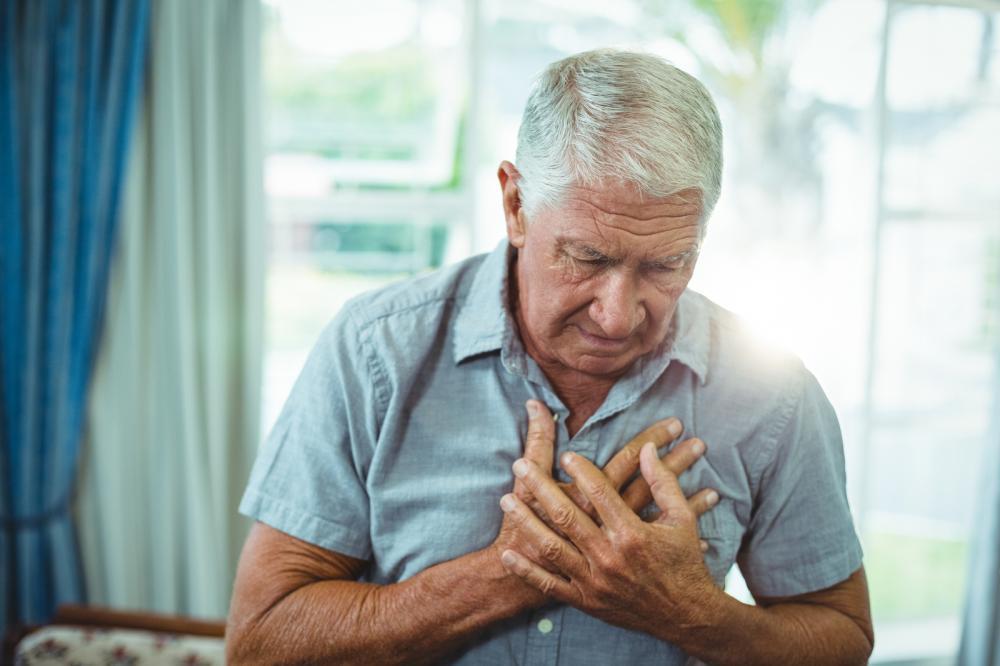A pulmonary embolism is a condition where an artery in your lungs gets blocked. This can be due to a tumor, an embolus, or a blood clot. In most cases, a pulmonary embolism occurs due to a blood clot blocking one or more arteries. This blood clot can originate in your arm or leg. It then travels through your circulatory system and ends up in the lungs. Most lung arteries are incredibly narrow and will prevent the blood clot from passing through. As a result, the clot can block the artery and prevent blood from flowing to a specific part of your lungs. When this happens, the affected area can stop working because it is not receiving oxygen. Pulmonary embolism is characterized as a medical emergency. In this article, we are going to discuss the symptoms of pulmonary embolism and how it can be treated.
Symptoms of Pulmonary Embolism
There are several symptoms of pulmonary embolism. These include:
- Feeling a sharp pain in your chest that increases in intensity when you breathe in
- Shortness of breath
- Extensive sweating
- Feeling lightheaded
- Coughing (You may cough up blood and mucus)
- Arrhythmia
- Blue lips and nails indicating a lack of oxygen
In severe cases, a pulmonary embolism can cause cardiac arrest, leading to death.
Prevention and Treatment of Pulmonary Embolism
There are various treatments for pulmonary embolism. These are meant to stop the clot from increasing in size, preventing the formation of new clots and removing an existing clot. Some popular treatment measures for pulmonary embolism include:
Anticoagulant Medications
Anticoagulant medications act as blood thinners. They prevent a blood clot from getting bigger. Additionally, they also prevent the formation of new clots. These medications do not dissolve the blood clot. Your body can do this by itself over a certain period.
In most cases, doctors will prescribe anticoagulants such as heparin, warfarin, and enoxaparin. Besides anticoagulants, you may also be administered with thrombolytics. These are clot-busting drugs. However, they are extremely risky and can lead to an excessive amount of bleeding.
Administering a Catheter
In case you are exhibiting severe symptoms, your doctor will perform emergency treatment via a catheter. This involves inserting a thin tube into a blood vessel in your arm or thigh. This tube is moved up until it reaches the affected portion of your lung. Then, it is used to destroy or dissolve the clot using medication.
Adding a Filter in Your Inferior Vena Cava
Your doctor can also add a filter in your inferior vena cava. This is a major vein, which is responsible for carrying blood from the lower portion of your body to the heart. Putting a filter in the inferior vena cava will prevent any clots from reaching your lungs.
You can also wear compression socks that apply pressure on your blood as it flows through your legs and prevents it from clotting.
Let’s Sum It Up
Pulmonary embolism is a serious medical condition that requires immediate medical attention. If you believe you are experiencing the symptoms of pulmonary embolism, you must get medical help. If you need further advice on the treatment of pulmonary embolism, you can book an appointment with a physician at Health One Family Medicine.
Visit https://www.healthonemedicine.com or call 469-208-9770 for more information.

